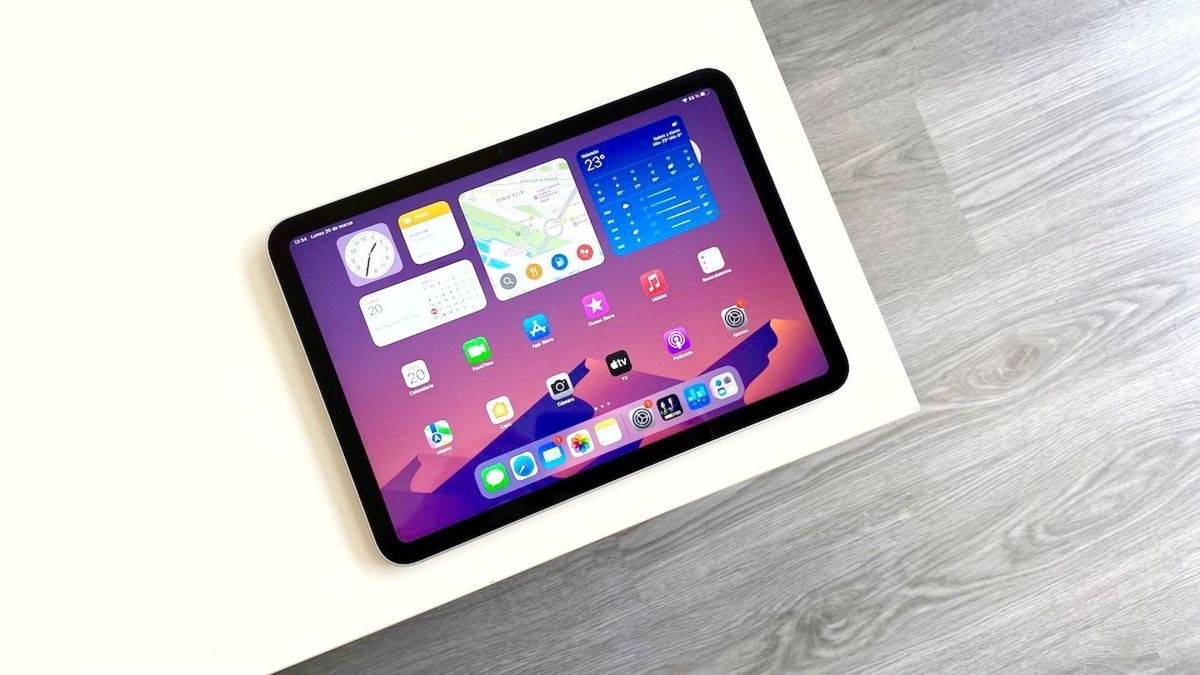Chinese technology company Xiaomi announced its plans to implement the HyperOS operating system.
(
The company introduced HyperOS last October, emphasizing its goal of providing an optimized user experience. This operating system, which will replace the Android-based MIUI interface in the upcoming Xiaomi 14 series, promises greater ease of use and ease of use.
In addition, HyperOS aims to strengthen Xiaomi’s connected device ecosystem by relying on smart connectivity and open source support to improve interoperability between devices. Based on Linux and the Vela open source platform, this software aims to bring uniformity and efficiency to the Internet of Things (IoT) environment.
(Continue reading: Xiaomi will launch an electric car: body leaked, this is what the car would look like).
The company stated that additional plans to include HyperOS in other models beyond these initial devices will be announced in the future. This information will be shared soon via the official X account (formerly Twitter).
Xiaomi introduced HyperOS, an operating system designed to unify and enhance the connected device ecosystem by focusing on smart connectivity and interoperability through open source.
Xiaomi’s new operating system is based on Linux and the Vela open source platform. It aims to provide harmony in the Internet of Things (IoT) world by unifying devices in a single software interface.
HyperOS stands out for its ability to run on a wide range of hardware, supporting more than 200 processor platforms and more than 20 standard file systems. Additionally, it is extremely flexible in terms of configuration and deployment; It supports devices with RAM sizes ranging from 64 KB to 24 GB and a firmware footprint of only 8.75 GB.
One of the standout features of HyperOS is its focus on intelligent connectivity and comprehensive security. The company has implemented advanced techniques such as dynamic task prioritization and duty cycle evaluation to optimize hardware performance in different scenarios; These include a significant improvement in video gaming with more stable frame rates and lower power consumption.
(Interesting: The Xiaomi wireless headphones that are taking the internet by storm cost $60,000).
HyperOS also maximizes hardware performance by making it easier to split tasks across multiple computing units for collaborative operations. Xiaomi’s restructuring of technical modules, including file system, memory management, imaging and network subsystems, takes advantage of and optimizes hardware features in different devices.
The operating system offers HyperConnect, an intelligent connectivity framework that enables real-time interaction between a wide range of devices. To encourage adaptation of the software to the individual needs of users. It also incorporates HyperMind, an advanced artificial intelligence subsystem that adapts devices to users’ needs based on interaction with the environment, images, sound and behavior.
For example, HyperMind can learn and automate actions based on user habits, such as automatically turning on the living room lights when unlocking a smart door. This intelligence extends to image processing on devices, improving functions such as text-to-image conversion and image enlargement.
In terms of security, HyperOS has an isolated subsystem based on trusted execution environment (TEE) that protects sensitive information and covers a wide range of security functions on mobile and AIoT devices. This TEE provides robust security through interconnection of security modules and end-to-end encryption of data transfer between devices.
Star+ application will not continue in Colombia: Disney announces details of new integration
Communication from Italy fines Google and Twitch for gambling advertising
Elon Musk advocates regulation of ‘inevitable’ Artificial Intelligence
*This content was rewritten with the help of artificial intelligence, based on information from Europa Press, and reviewed by the journalist and editor.
Source: Exame













